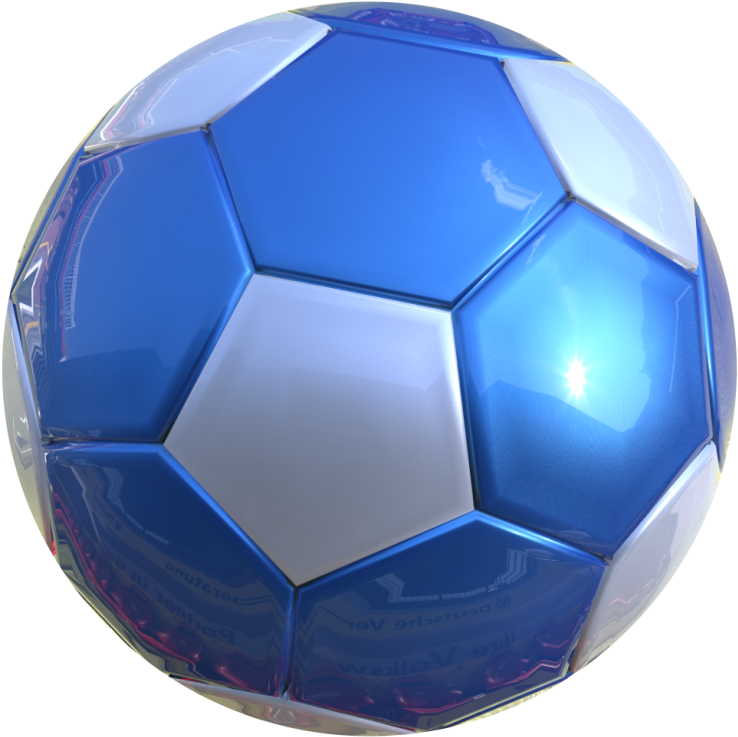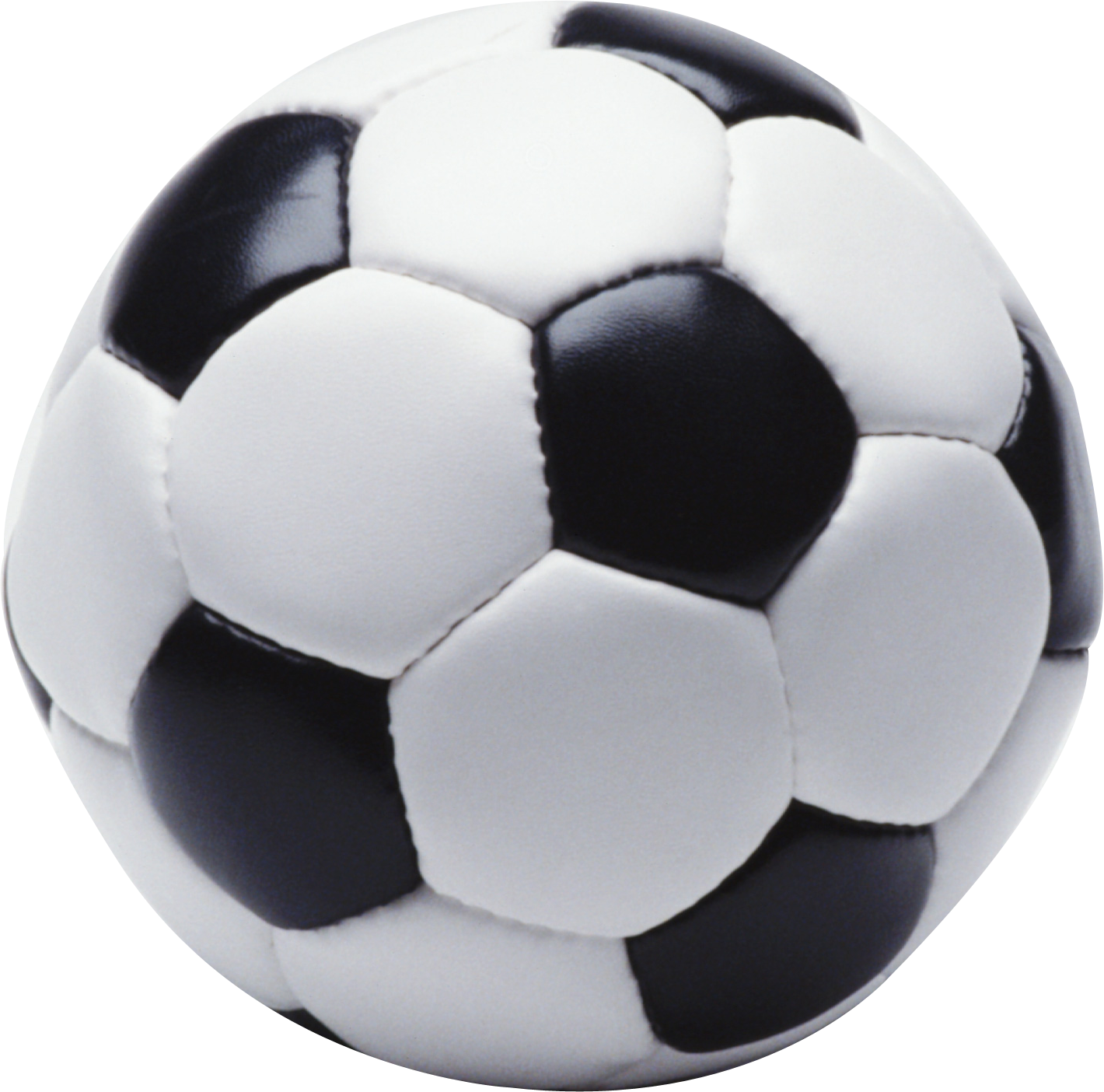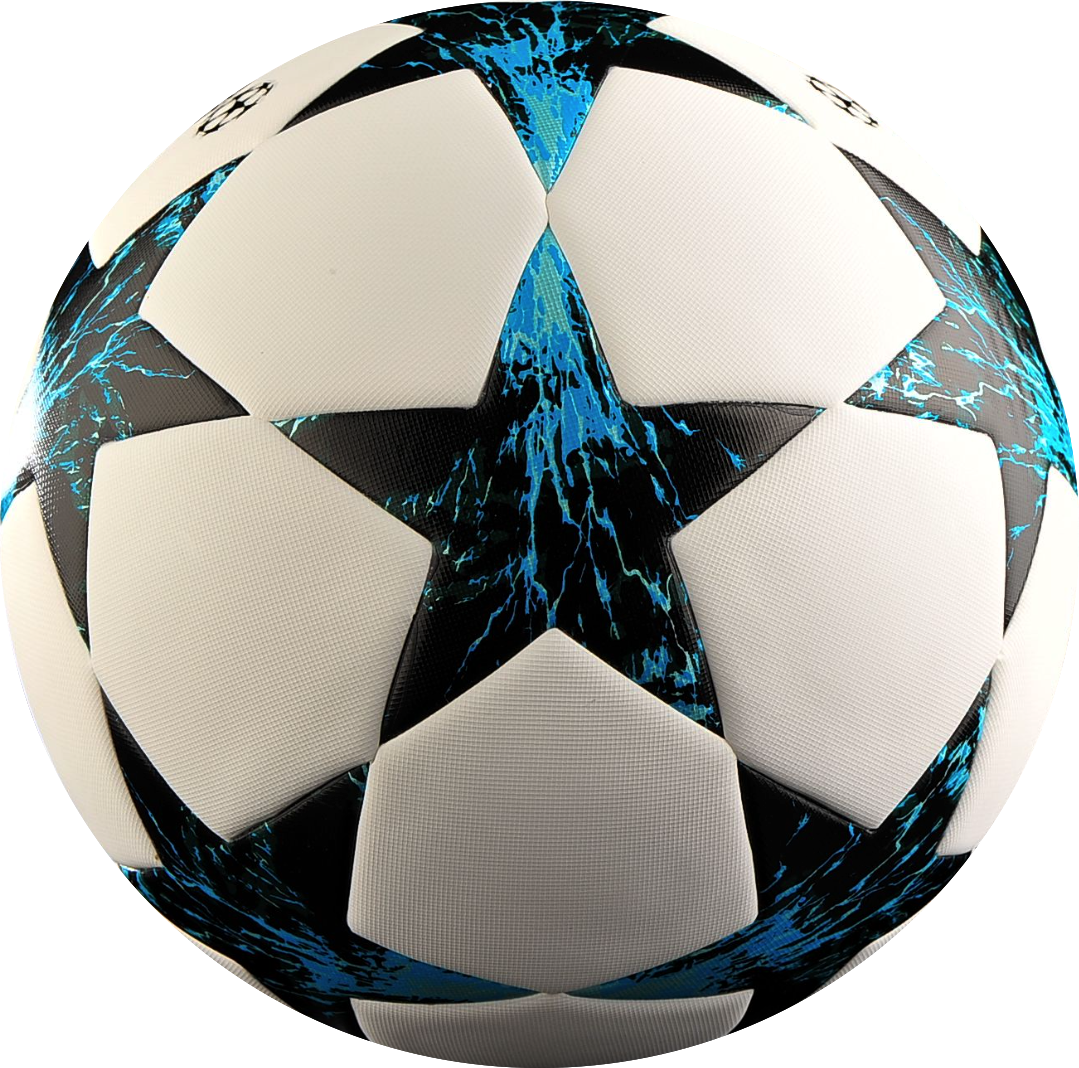Download top and best high-quality free Soccer Ball PNG Transparent Images backgrounds available in various sizes. To view the full PNG size resolution click on any of the below image thumbnail.
License Info: Creative Commons 4.0 BY-NC
When it comes to the sport of soccer, one of the most important pieces of equipment is undoubtedly the soccer ball. Without the ball, there can be no game, no goals, and no victory. But what goes into making a soccer ball? What makes it unique from other balls used in different sports? In this article, we will explore the ins and outs of the soccer ball, including its history, design, and manufacturing process.
History of the Soccer Ball
The origins of the soccer ball can be traced back to ancient civilizations in China, Greece, and Rome. However, the modern-day soccer ball as we know it today has its roots in the 19th century. The first soccer balls were made from leather and were often spherical in shape. However, as the game evolved and became more popular, so too did the ball. In the 20th century, the soccer ball began to take on the iconic black-and-white pattern that we recognize today.
Design of the Soccer Ball
So what makes the soccer ball different from other balls used in different sports? One of the most distinctive features of the soccer ball is its size. According to FIFA regulations, a soccer ball must be between 68 and 70 centimeters in circumference and weigh between 410 and 450 grams. The soccer ball also has a unique design. It is made up of 32 panels that are stitched together to create the spherical shape. The black-and-white pattern on the ball also serves a purpose. The contrasting colors make it easier for players to see the ball when it is moving quickly across the field.
Manufacturing Process of the Soccer Ball
The manufacturing process of the soccer ball is complex and involves many different steps. The first step is the creation of the panels. The panels are usually made from synthetic materials, such as polyurethane, and are cut into the correct shape using a die machine. Once the panels have been cut, they are then printed with the iconic black-and-white pattern using a screen printing process.
Next, the panels are stitched together using a special machine. The stitching creates the spherical shape of the ball. Once the panels have been stitched together, the ball is then inflated to the correct size and weight. The final step in the manufacturing process is quality control. Each ball is inspected for defects and must pass a series of tests to ensure that it meets FIFA regulations.
Soccer Ball Manufacturing Process
While the manufacturing process of the soccer ball may seem straightforward, there are some elements involved. For example, the design of the ball must take into account factors such as wind resistance and aerodynamics. The panels must be arranged in a specific way to ensure that the ball flies true when kicked. Additionally, the type of material used to make the ball can also impact its performance. A ball made from a softer material may be more comfortable to kick, but may not travel as far as a ball made from a harder material. These factors must be carefully considered during the design process to create a ball that performs well on the field.
The ball is designed to be elastic, which means that it can deform and then return to its spherical shape when kicked. This elastic property allows the ball to store energy when it is kicked, and then release that energy when it makes contact with the ground or another object.
The soccer ball is a critical component of the sport of soccer. Its unique design and manufacturing process make it distinct from other balls used in different sports. Whether you are a professional soccer player or simply enjoy kicking the ball around in your backyard, understanding the soccer ball is key to understanding the game.
Download Soccer Ball PNG images transparent gallery
- Soccer Ball PNG Image
Resolution: 738 × 737
Size: 719 KB
Image Format: .png
Download
- Soccer Ball PNG Images HD
Resolution: 1420 × 1404
Size: 1632 KB
Image Format: .png
Download
- Soccer Ball PNG Images
Resolution: 2000 × 2000
Size: 192 KB
Image Format: .png
Download
- Soccer Ball PNG Photo
Resolution: 886 × 886
Size: 656 KB
Image Format: .png
Download
- Soccer Ball PNG Pic
Resolution: 1079 × 1068
Size: 1629 KB
Image Format: .png
Download
- Soccer Ball PNG Picture
Resolution: 640 × 628
Size: 162 KB
Image Format: .png
Download
- Soccer Ball PNG
Resolution: 999 × 1114
Size: 183 KB
Image Format: .png
Download
- Soccer Ball Transparent
Resolution: 958 × 1018
Size: 127 KB
Image Format: .png
Download
- Soccer Ball
Resolution: 897 × 897
Size: 341 KB
Image Format: .png
Download
- Soccer Ball Background PNG
Resolution: 1024 × 768
Size: 344 KB
Image Format: .png
Download
- Soccer Ball No Background
Resolution: 534 × 596
Size: 83 KB
Image Format: .png
Download
- Soccer Ball PNG Clipart
Resolution: 920 × 920
Size: 55 KB
Image Format: .png
Download
- Soccer Ball PNG Cutout
Resolution: 512 × 512
Size: 165 KB
Image Format: .png
Download
- Soccer Ball PNG File
Resolution: 2997 × 2997
Size: 209 KB
Image Format: .png
Download
- Soccer Ball PNG Free Image
Resolution: 1881 × 1847
Size: 216 KB
Image Format: .png
Download
- Soccer Ball PNG HD Image
Resolution: 799 × 800
Size: 332 KB
Image Format: .png
Download
- Soccer Ball PNG Image File
Resolution: 1000 × 981
Size: 158 KB
Image Format: .png
Download
- Soccer Ball PNG Image HD
Resolution: 2291 × 2305
Size: 457 KB
Image Format: .png
Download

















